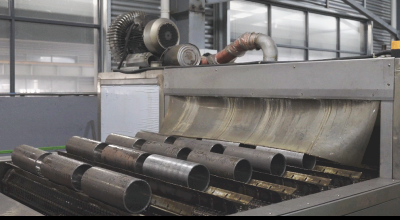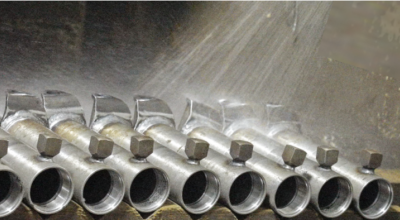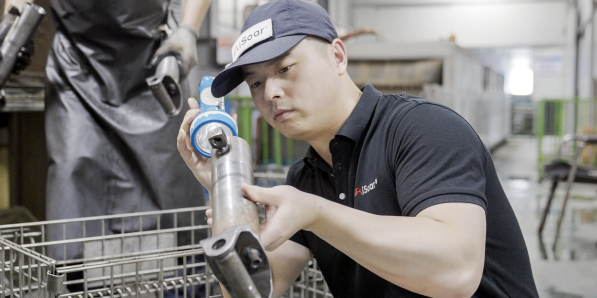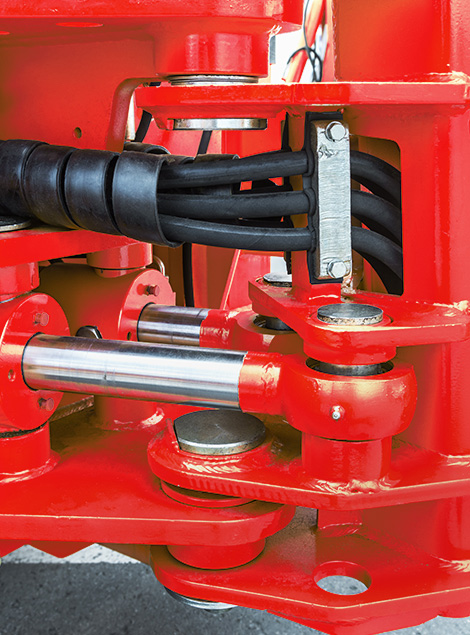The cleanliness and flush of the hydraulic cylinder
Ideal hydraulic systems don’t suffer from fluid contamination. They’re perfect machines, so there are no losses, just pure efficiency. Meanwhile, back in reality, hydraulic cylinders accumulate dirt, restricting fluid power transmission. Let's explore what we can do about this accumulation by developing a basic cleaning technique and flushing the dirt out of the cylinders.
Cleaning Procedures
Cleaning processes may differ depending on the hydraulic cylinder in question. Consult the manufacturer’s data sheet to see which of these procedures work best, as some of these methods are
abrasive. A wire brush, for example, physically removes tenacious internal waste, such as sludge sticking to the cylinder's inner lining.


Flushing Fundamentals
When a filter malfunctions, pollutants might enter the system. Similarly, deteriorated oils breakdown and release deposits that damage parts. The mud is flushed out of the hydraulic cylinders and all other system channels during the flushing procedure. Before the process begins, a low-viscosity fluid is used. It is put into a power flushing pump, which then drives the fluid through the tubes and hoses at high velocity. The cylinder is flushed by a powerful temperature-controlled jet, a pressured stream that can be changed to create a pulsing current.

The Fine Art of Hydraulic Cylinder Cleaning
Parts that have been rebuilt are disassembled, cleaned with solvents, and rejoined as polished metal cylinders. In the field, the entire system goes through a pump-pressured flushing procedure. Heaters and coolers, pulsation settings and banks of filters, all of these stages of the purging apparatus work in concert to dislodge obstinate contaminants so that the system can be returned to service.
Cleaning processes in hydraulic cylinder projects are customized to the parts being worked on. This assumption is followed by stripped-down hydraulic cylinders, with their internal metal workings and seals impacting the cleaning agent choices. Furthermore, as the flushing procedure begins, directional valves reverse the purge action while the pumping mechanism sends its pulsing discharge rushing through the cylinder and its related components.


 ES
ES RU
RU